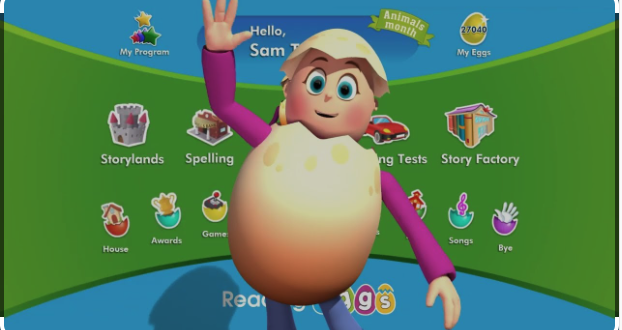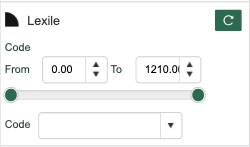Reading Assessment and Literacy Resources
We recommend families use our school subscription Reading Eggs to assess students' Lexile Level .
STEP ONE
Log into Reading Eggs with your student account (created by your teacher) and complete the placement test found on this page.page.
Why Reading Eggs for Improving Student Literacy?

Learning to read is one of the most important skills children can learn. Reading Eggs makes the learning-to-read journey fun, interactive, and highly rewarding for ages 2–13 – and it’s based on solid scientific research. Using the five essential keys to reading success, the program unlocks all aspects of learning to read for your child, focusing on a core curriculum of phonics and phonemic awareness, sight words, vocabulary, comprehension, and reading for meaning. To learn more about the Reading Eggs program, see here.
STEP TWO
Lexile LeveledLevelled Books
Once youryou studenthave hascompleted athe placement test and have determined the Lexile Levellevel which correspondscorresponding to this chart, you will be able to filter resources onby Lexile level in Reading Eggs, in the ReadingSORA Eggs site SORA, our reading digitalapp, device orand within our searchSearch portalPortal (for physical copies of easy readers.readers).
- On SORA, here is the process for filtering according to Lexile Level.
- In the
searchSearchportal,Portal,here is the process for filtering according to Lexile Level. Refinerefine your search:as pictured below: 
STEP THREE
Learning Commons Digital eResources
Lexile Levelledlevelled Readersreaders on SORA include the Supersonic Readers and the Decodables,Decodables (both based on the Science of Reading), along with popular homeschool readersreaders, Bob Books. Read-along books are useful for students who need to listen and read simultaneously.
Supersonic Readers and Decodables
- Level 0 Lilac
- Level 1 Pink
- Level 2 Red
- Level 3 Yellow
- Level 4 Blue
- Level 4-5 Blue-Green
- Level 5 Green
- Level 6 Orange
- Level 7 Turquoise
- Level 8 Purple
- Level 9 Gold
- Level 10 White
- Level 11 Lime
BobOther Books (Phonic Readers)Readers
PARENT RESOURCES
- The Ordinary Parent's Guide To Teaching Reading
- Reading in the Brain
- Reading in the Wild
- Orton Gillingham: 72 Classroom-Ready Lessons to Help Struggling Readers with Dyslexia Learn to Love Reading
